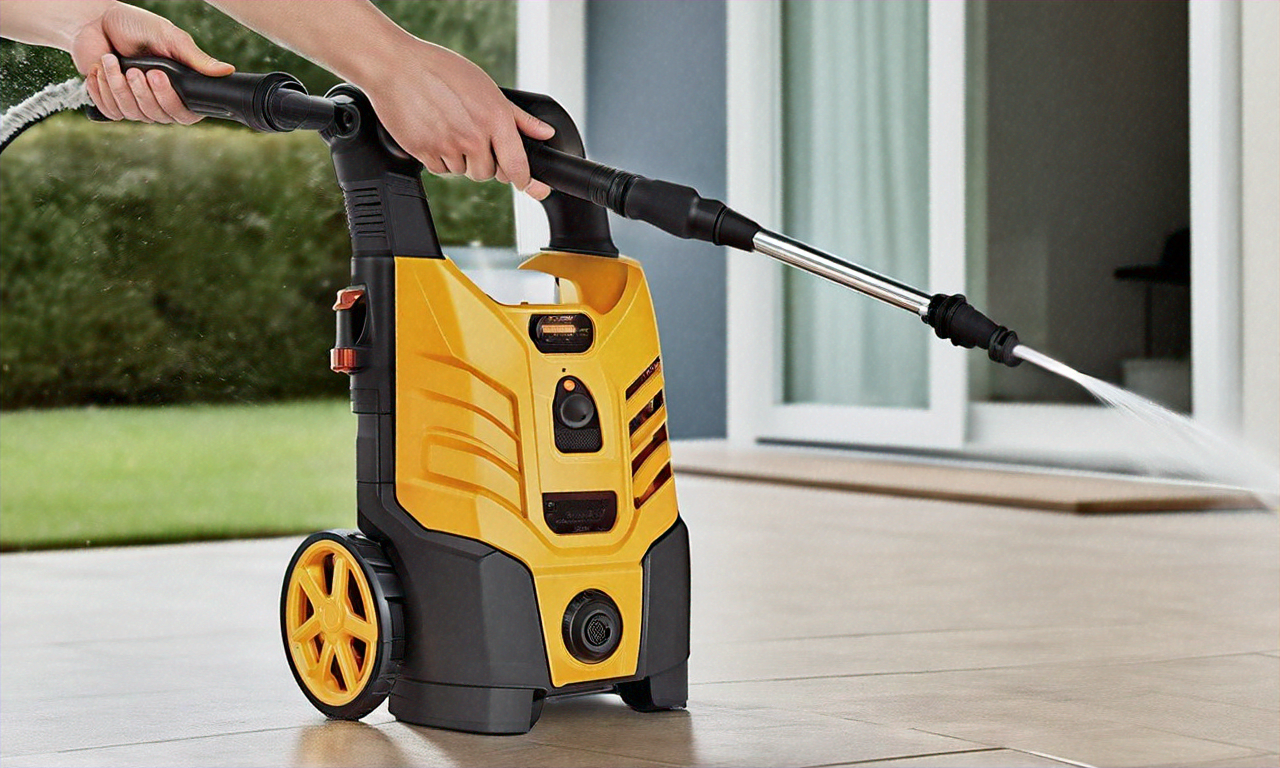How Mosquito Repellents Work and Safe Use in Your Yard
Mosquito repellents reduce mosquito bites by interfering with the insect’s ability to detect human scent or by creating a barrier on skin and clothing. Choosing and using repellents effectively involves understanding types of active ingredients, applying products correctly, and combining repellents with yard management to lower mosquito populations. This article explains practical steps to protect people and pets while limiting unintended environmental effects.

This article is for informational purposes only and should not be considered medical advice. Please consult a qualified healthcare professional for personalized guidance and treatment.
What attracts mosquitoes to a yard?
Mosquitoes are drawn to yards by several cues: standing water for breeding, dense vegetation that provides shade and humidity, and human or pet activity that emits carbon dioxide, body heat, and scent. Even small containers, clogged gutters, birdbaths, and tire tracks can hold enough water for eggs. Reducing these attractants—by draining or treating water, trimming overgrown plants, and managing compost or yard debris—lowers the overall mosquito population and reduces the need for chemical controls.
How does standing water encourage insects?
Standing water is essential for mosquito larvae and pupae; many species lay eggs on or near water surfaces. Water that remains for more than a few days can support a lifecycle from egg to adult. To interrupt this cycle, empty or cover containers, refresh water in birdbaths weekly, maintain pool covers, and improve drainage in low spots. Where water cannot be removed, consider larval control options approved for your area or consult local services for guidance on safe, targeted treatments.
Which repellent ingredients are effective?
Effective repellents typically contain EPA-registered active ingredients such as DEET, picaridin, IR3535, or oil of lemon eucalyptus (OLE/PMD) for adults. Each has proven efficacy when used according to the label; selecting one depends on intended duration, comfort, and compatibility with skin or clothing. Read product labels for age recommendations—some formulations are not for infants—and avoid combining repellent with sunscreen unless instructions permit. For specific health concerns or use during pregnancy, consult a healthcare professional.
How to use repellent safely on skin and gear?
Apply repellent only as directed: use sparingly on exposed skin, avoid eyes and mouth, and do not apply under clothing. Where possible, treat clothing and gear rather than skin for longer protection—certain sprays are designed for fabrics. After returning indoors, wash treated skin with soap and water. When using on children, apply repellent to your own hands first and then to the child, and never use repellent on infants under the age recommended by product labels. Store repellents safely out of reach of children and pets.
Non-chemical yard methods to reduce mosquitoes and insect bites
Non-chemical methods complement repellent use and can reduce reliance on ongoing products. Install or repair window and door screens, use outdoor fans to disrupt mosquito flight, and consider yellow outdoor lighting that is less attractive to some insects. Encourage natural predators—fish in ornamental ponds or bats and birds—where appropriate. Landscape strategies such as removing dense groundcover near patios, increasing sunlight and airflow, and planting mosquito-repelling species may help, though plants alone rarely eliminate mosquitoes.
Conclusion
Combining personal repellent use with targeted yard management provides the most consistent reduction in mosquito bites and local populations. Choose an EPA-registered repellent that fits your needs, follow label instructions carefully, and reduce standing water and sheltering sites in the yard. For larger infestations or specialized treatment options, consult local services or vector control programs in your area. These integrated steps balance effectiveness with safety for people, pets, and the environment.




